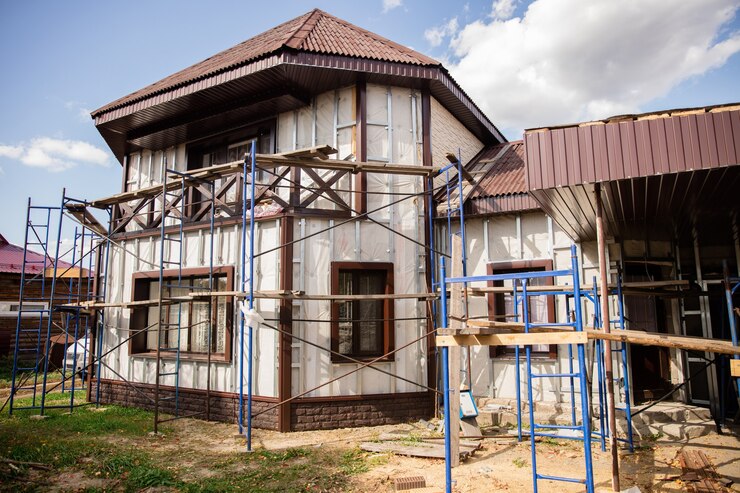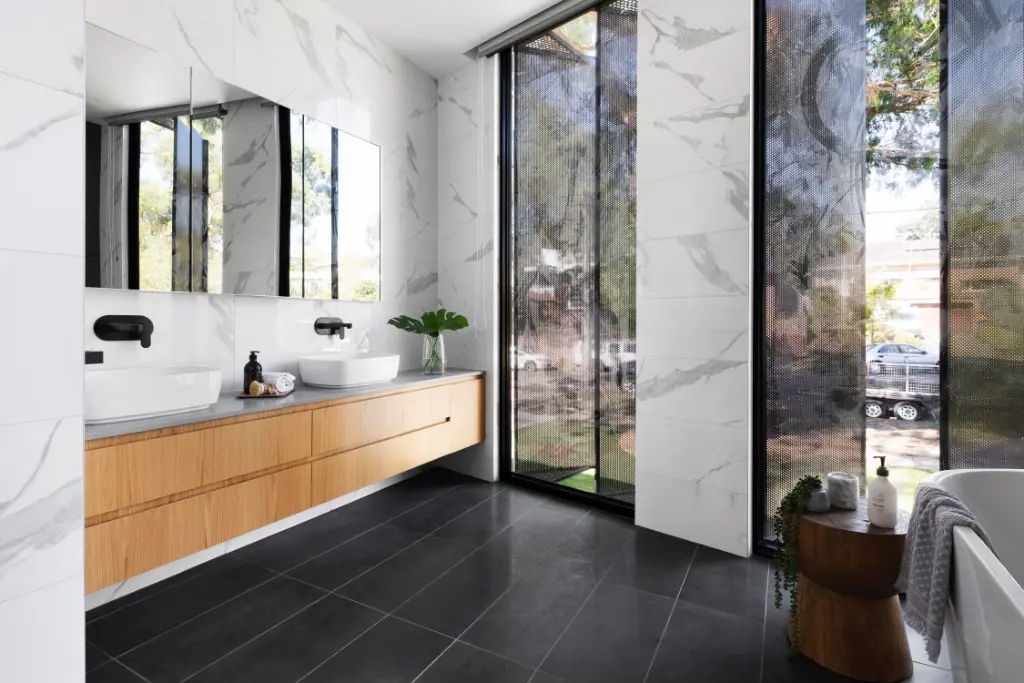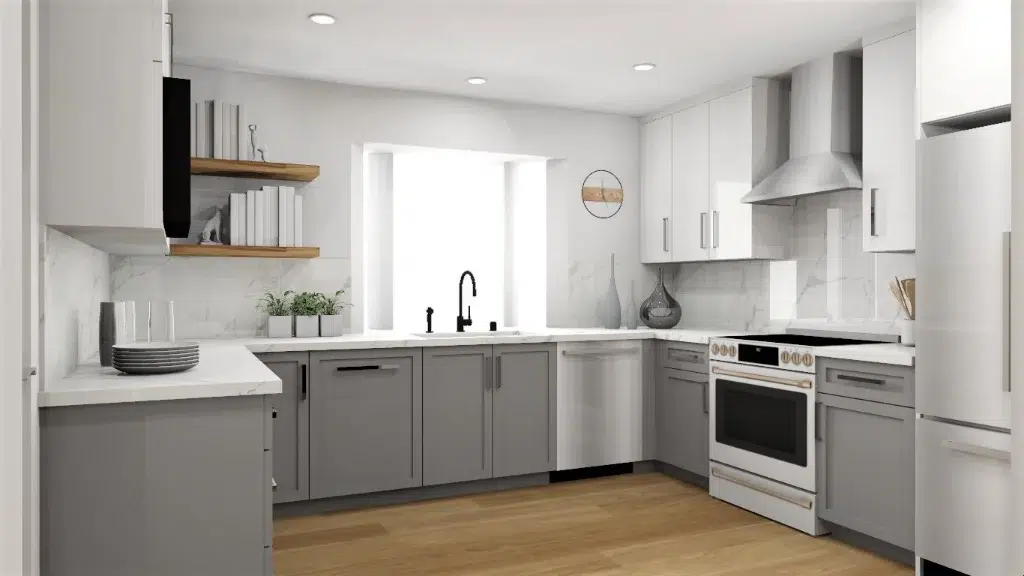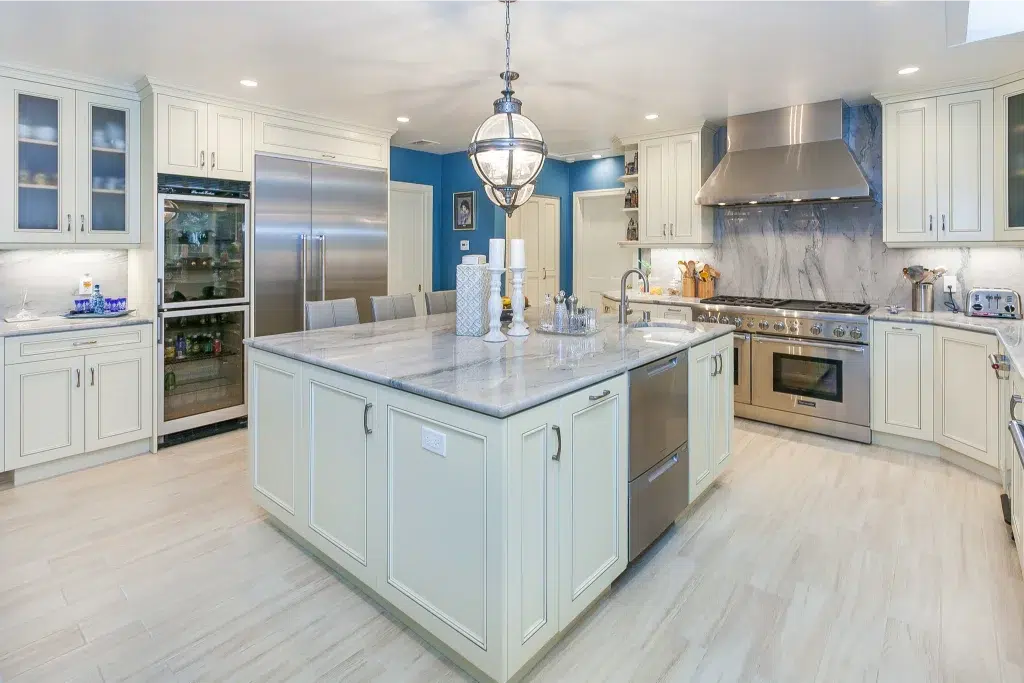The concept of Attached Accessory Dwelling Units (ADUs) has emerged as a transformative solution. An Attached ADU, simply put, is an additional living space attached to the primary residence. Its significance lies in its potential to address various housing needs while offering homeowners a range of benefits and considerations to ponder.
Understanding Attached ADU
What is an Attached ADU?
An Attached ADU, sometimes referred to as a granny flat, in-law suite, or secondary dwelling unit, is an extension of the primary residence, typically featuring its own entrance, kitchen, bathroom, and living area. This additional space can serve various purposes, from accommodating extended family members to providing rental income or creating a private workspace.

Types of Attached ADUs
Attached ADUs come in diverse forms, catering to the unique needs and preferences of homeowners. They can range from converted garages or basements to purpose-built additions seamlessly integrated with the existing structure. Each type offers its own set of advantages and challenges, requiring careful consideration during the planning and design phase.
Legal and Regulatory Considerations
Navigating the legal and regulatory landscape is crucial when considering the construction or conversion of an Attached ADU. Zoning laws, building codes, and homeowners’ association regulations may dictate the feasibility and specifications of such projects. Understanding and adhering to these requirements is essential to ensure a smooth and compliant development process.
In the subsequent sections, we delve deeper into the myriad benefits of Attached ADUs, explore practical design considerations, and offer insights into financing and building options. Join us on this journey as we unlock the potential of Attached ADUs to enrich and elevate your living experience.
Advantages of Attached ADUs
In the realm of homeownership, Attached Accessory Dwelling Units (ADUs) stand out as versatile additions that offer a multitude of benefits. Let’s explore some of the compelling advantages they bring to the table:
Increased Property Value
One of the primary advantages of incorporating an Attached ADU into your property is the potential for increased property value. These additional living spaces add square footage and functionality, making your home more attractive to potential buyers. Moreover, in markets where housing supply is limited, having an ADU can significantly enhance the resale value of your property.
Rental Income Potential
Another notable benefit of Attached ADUs is their ability to generate rental income. Whether you choose to rent out the ADU to long-term tenants or utilize platforms like Airbnb for short-term rentals, it can serve as a lucrative source of supplementary income. This additional cash flow can help offset mortgage payments, property taxes, and maintenance costs, making homeownership more financially sustainable.
Multigenerational Living Opportunities
Attached ADUs offer a unique solution for multigenerational living arrangements, allowing families to stay close while maintaining a degree of independence and privacy. Whether it’s accommodating elderly parents, providing a separate space for adult children, or hosting visiting relatives, ADUs facilitate flexible living arrangements that foster familial bonds and support intergenerational relationships.
Designing an Attached ADU
As you contemplate the advantages of Attached ADUs, it’s essential to consider the design aspects that contribute to their functionality and appeal:
Space Utilization and Layout Considerations
Optimizing space utilization and designing a functional layout are critical aspects of creating a successful Attached ADU. Careful consideration should be given to factors such as room placement, traffic flow, and storage solutions to maximize the usability and comfort of the space.
Architectural Styles and Integration with Existing Structures
Integrating the design of the ADU seamlessly with the existing structure is key to enhancing the overall aesthetic appeal of your property. Whether you opt for a complementary architectural style or choose to contrast it for visual interest, ensuring harmony between the main residence and the ADU is essential for a cohesive look.
Sustainability and Energy Efficiency
Incorporating sustainable and energy-efficient features into the design of your Attached ADU not only reduces your environmental footprint but also lowers utility costs in the long run. From energy-efficient appliances and lighting to insulation and passive heating and cooling strategies, there are numerous ways to enhance the sustainability of your ADU while simultaneously improving comfort and livability.
By carefully considering these design considerations and leveraging the advantages of Attached ADUs, homeowners can create functional, valuable, and sustainable living spaces that enrich their lives and enhance their properties.
Financing and Building Attached ADUs
As you embark on the journey of incorporating an Attached Accessory Dwelling Unit (ADU) into your property, it’s essential to navigate the financial and construction aspects with diligence and foresight. Here’s a closer look at the key considerations:
Cost Considerations
Before diving into the construction process, it’s crucial to assess the costs associated with building an Attached ADU. Factors such as size, materials, labor, permits, and site preparation can significantly impact the overall expenses. Conducting a thorough cost analysis and establishing a realistic budget upfront will help you make informed decisions and avoid unexpected financial burdens along the way.
Financing Options and Incentives
Fortunately, there are various financing options and incentives available to homeowners looking to build Attached ADUs. From traditional home equity loans and construction loans to specialized ADU financing programs and government incentives, exploring different financing avenues can help alleviate the financial strain of the project. Additionally, certain jurisdictions offer incentives such as tax breaks, grants, or fee waivers to encourage ADU development, providing further financial relief for homeowners.
Hiring Professionals vs. DIY Approach
Deciding whether to hire professionals or take the do-it-yourself (DIY) route is a crucial consideration when building an Attached ADU. While DIY projects may seem cost-effective initially, they often require significant time, effort, and expertise, not to mention the potential for costly mistakes. On the other hand, hiring experienced architects, contractors, and builders can streamline the construction process, ensure compliance with building codes, and deliver high-quality results. Assessing your skills, resources, and comfort level with DIY projects will help you determine the most suitable approach for your specific circumstances.
Case Studies and Examples
Exploring real-life case studies and examples of successful Attached ADU projects can provide valuable insights and inspiration for homeowners:
Real-Life Examples of Successful Attached ADU Projects
By showcasing a diverse range of Attached ADU designs and implementations, real-life examples offer tangible proof of the transformative potential of these living spaces. From tastefully renovated garages to architecturally striking additions, each case study provides a glimpse into the possibilities and benefits of incorporating an ADU into your property.
Lessons Learned and Tips from Homeowners and Builders
Learning from the experiences of homeowners and builders who have embarked on Attached ADU projects can provide invaluable wisdom and guidance. Whether it’s overcoming construction challenges, maximizing space efficiency, or navigating regulatory hurdles, these firsthand accounts offer practical insights and actionable tips for a successful ADU development journey.
By leveraging the knowledge gained from case studies and examples, homeowners can approach their Attached ADU projects with confidence and clarity, ensuring a seamless and rewarding experience from conception to completion.
Q/A Section
As you delve deeper into the realm of Attached Accessory Dwelling Units (ADUs), you may encounter questions and uncertainties along the way. Here are some common queries addressed to provide clarity and guidance:
What permits are required to build an Attached ADU?
The permits required for building an Attached ADU vary depending on your location and local regulations. Typically, you’ll need zoning approvals, building permits, and adherence to specific building codes. Consulting with your local planning department or a qualified professional is essential to ensure compliance with all necessary permits and regulations.
How can I ensure privacy for both the main house and the ADU?
Maintaining privacy between the main house and the ADU is crucial for the comfort and satisfaction of both occupants. Design considerations such as separate entrances, soundproofing measures, strategic landscaping, and orientation of windows can help enhance privacy while fostering a sense of autonomy for each living space.
Are there any restrictions on renting out an Attached ADU?
Before renting out an Attached ADU, it’s essential to familiarize yourself with any restrictions or regulations that may apply in your area. Some jurisdictions have limitations on rental durations, occupancy limits, or specific requirements for rental properties. Consulting with local rental laws and homeowners’ association regulations, if applicable, will ensure compliance and prevent potential issues down the road.
Can an Attached ADU be converted back into part of the main house if needed?
In certain circumstances, it may be possible to convert an Attached ADU back into part of the main house. However, this process can vary depending on the design and construction of the ADU. It may involve structural modifications, such as removing separate entrances or integrating shared spaces, and should be carefully considered during the initial planning stages.
How do Attached ADUs affect property taxes?
The impact of Attached ADUs on property taxes can vary depending on your location and local tax laws. In some areas, adding an ADU may result in an increase in property taxes due to the additional square footage and value added to the property. However, certain jurisdictions offer exemptions, deductions, or reassessment limitations for ADUs. Consulting with a tax professional or local assessor’s office can provide clarity on the specific tax implications of adding an ADU to your property.
Conclusion
In conclusion, Attached ADUs represent a versatile and valuable addition to residential properties, offering homeowners a multitude of benefits and opportunities. From increased property value and rental income potential to fostering multigenerational living arrangements, the advantages of Attached ADUs are undeniable. As you embark on your ADU journey, we encourage you to explore the myriad options available and leverage the insights provided in this guide. Whether you’re seeking additional space for family members, rental income, or simply enhancing the livability of your property, Attached ADUs offer a promising solution.
Take the next step in your ADU exploration by diving into the in-depth answers to common questions and insights into creating your own Attached ADU. Your journey to unlocking the full potential of your property begins here.







